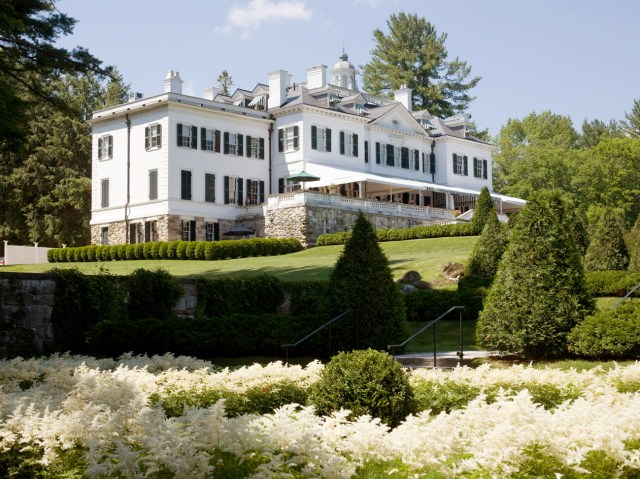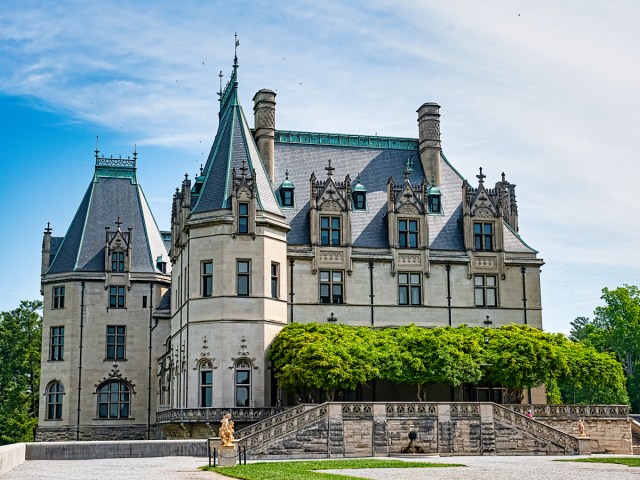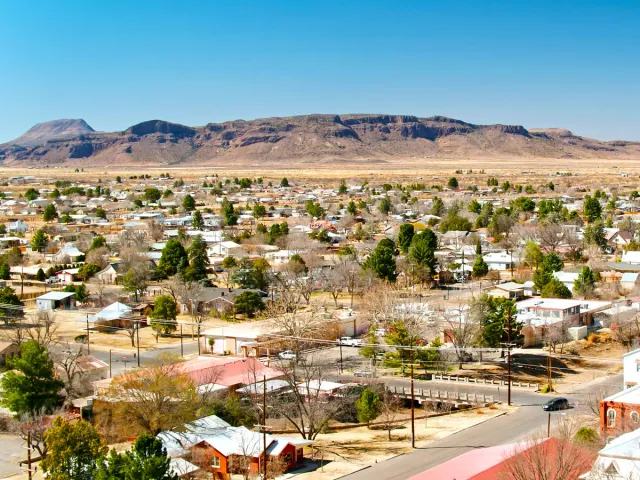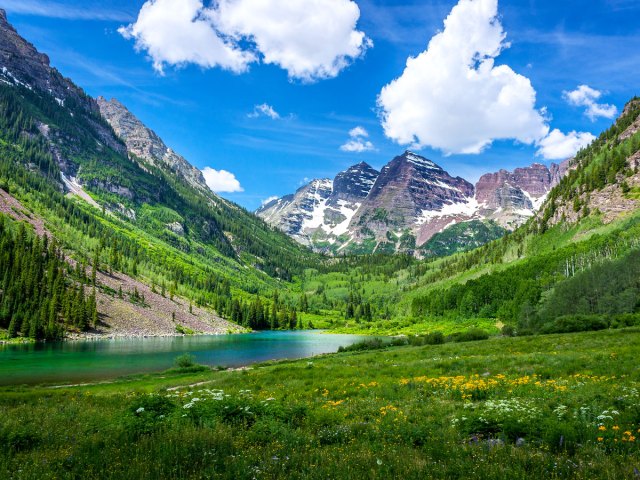Author Mark Twain first coined the term “Gilded Age” to characterize American culture in the late 19th century. Glittering on the outside yet — as Twain believed — corrupt underneath, the Gilded Age refers to a time when America’s elite showed off their wealth and success through palatial mansions with magnificent facades and lavish interiors that epitomized the trends, style, and fashions of the era. More than a century later, many of these imposing residences are now museums, affording the public the opportunity to see how the other half used to live. Discover five of America’s most beautiful Gilded Age mansions.
Whitehall – Palm Beach, Florida

Henry Flagler gained fortune as a co-founder of Standard Oil, but the industrialist later invested his profits in Florida’s transportation infrastructure and development. Though his groundbreaking Overseas Railroad to Key West was unfortunately derailed by a hurricane in 1935, his vision and ambition are the reason we have the Overseas Highway today.
Visitors to the Sunshine State should stop through Palm Beach to tour Whitehall, Flagler’s magnificent winter retreat completed in 1902. The tycoon commissioned this 75-room Beaux Arts mansion as a wedding present for his third wife, Mary Lily, and the profligate pair hosted extravagant parties here until the magnate’s death in 1913. Today, visitors can get a glimpse into the world of the rich and influential figures of the Gilded Age as they step beyond its white columned exterior and into its glorious marble hall to tour the period rooms where guests would have dined and danced the evenings away.
Pittock Mansion – Portland, Oregon

The elevated position of Pittock Mansion in Portland’s West Hills affords it a stellar view of the city and the Cascade Mountains beyond. This 46-room French Renaissance-style château took five years to build and was completed in 1914, when it became the home of London-born Henry Pittock and his wife Georgina.
Pittock was not only a successful newspaper publisher — the man responsible for the success of The Oregonian — but also a savvy investor, who grew his fortune through real estate deals and diverse interests that included banking, sheep farming, and silver mining. At the time, the sandstone-clad house boasted many examples of cutting-edge technology, among them an elevator, thermostat-controlled central heating, intercoms, a central vacuum system, and a walk-in refrigerator.
The Mount – Lenox, Massachusetts

Architects Ogden Codman Jr. and Francis L.V. Hoppin drew their inspiration from Belton House — a 17th-century country house in Lincolnshire, England — to create a stately home for author Edith Wharton in 1902. With its white stucco exterior, green shutters, gables, chimneys, and a cupola, it also reflects French and Italian styles of architecture.
The acclaimed novelist, who is best known for her novel The Age of Innocence, took a hands-on approach to the design, requesting additional features such as the spacious Italian-inspired terrace that adorns the house’s eastern façade. Today, this National Historic Landmark, which incorporates Wharton’s personal 27,000-volume library, opens to visitors throughout the summer months for self-guided and docent-led tours. It also hosts book launches, readings, and other literary events as a nod to its original owner’s profession.
Kykuit – Sleepy Hollow, New York

John D. Rockefeller was America’s first billionaire, both a powerful businessman and a generous philanthropist. Located in the Hudson Valley north of New York City, Kykuit (meaning “lookout”) was a favored residence of Rockefeller. The mansion was built in Classical Revival Georgian style, and the original architecture and sumptuous furnishings have been augmented by an impressive collection of art amassed by Rockefeller’s grandson Nelson. It turns underground passageways into a gallery boasting works by Picasso, Chagall, and Warhol, among others.
Kykuit is also known for its splendid Beaux Arts-style gardens. Created by acclaimed landscaper William Welles Bosworth between 1906 and 1913, they blend exquisite planting and floral displays with statuary and sculptures from the likes of Henry Moore.
Biltmore Estate – Asheville, North Carolina

The scale of the Biltmore Estate — the largest home in America — is almost impossible to comprehend. A jaw-dropping 11 million bricks were used in the construction of this four-story, 250-room house. Yet, George Washington Vanderbilt ironically referred to this 175,000-square-foot mansion as his “little mountain escape.”
Architect Richard Morris Hunt drew heavily on the châteaux of France’s Loire Valley in his vision for the house, where you might be reminded of Chenonceau, Chambord, and the Château de Blois. But perhaps the greatest joy of touring Biltmore is to take a lesson in Vanderbilt’s taste — art from Renoir and Monet, furniture by Chippendale, a vintage Louis Vuitton steamer trunk, 16th-century Flemish tapestries, and even Napoleon Bonaparte’s chess set are just some of the pieces to be admired as you wander around.
More from our network
Daily Passport is part of Optimism, which publishes content that uplifts, informs, and inspires.























